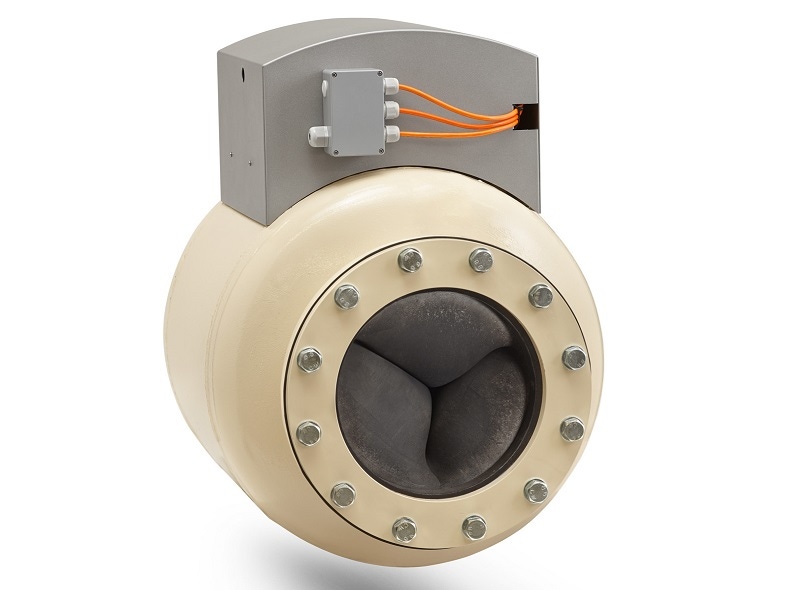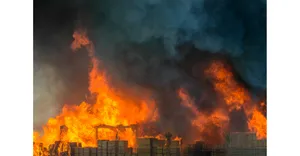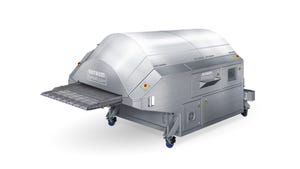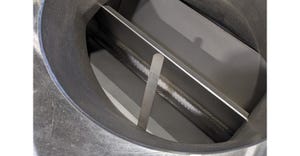September 16, 2019

A safe and effective means of isolating enclosures must be an integral component of combustible dust explosion protection safety systems. The new and improved REMBE Exkop isolation system is available for many more applications, including ST 2 dusts, reduced explosion pressures (Pred) of up to 2 bar and larger diameters.
Why Isolation?
Isolation is essential to protect adjoining system components against the spread of combustible dust explosions. Tanks, silos, dust collection, and other equipment are usually connected by pipelines through which, if an explosion occurs, fire and pressure spread very rapidly. In addition, the intensity of the explosion in connected containers is increased by pressure piling and flame jet ignition.
This sequence of events can be prevented by the Exkop isolation system, consisting of a control panel and one or more quench valves. The integrated elastomer seal within the quench valve closes within a few milliseconds, triggered by a signal from an explosion panel, a Q-Rohr, Q-Box, an infra-red signal or pressure/ temperature sensors.
The quench valve can be safely put back into operation again at the press of a button. The Exkop system is fail-safe and easy to test/reset. Whether it’s food, pharmaceutical, chemical, wood, or metal dust, the system keeps dust explosions safely in check.
REMBE Inc., 704-716-7022 www.rembe.us
More articles on combustible dust:
What You Need to Know About the New Edition of NFPA 652
Extracting Combustible Dusts at the Source
How to Use Dust Explosion Test Data to Ensure Facility Safety
Explosion Containment: A Comparison
You May Also Like


